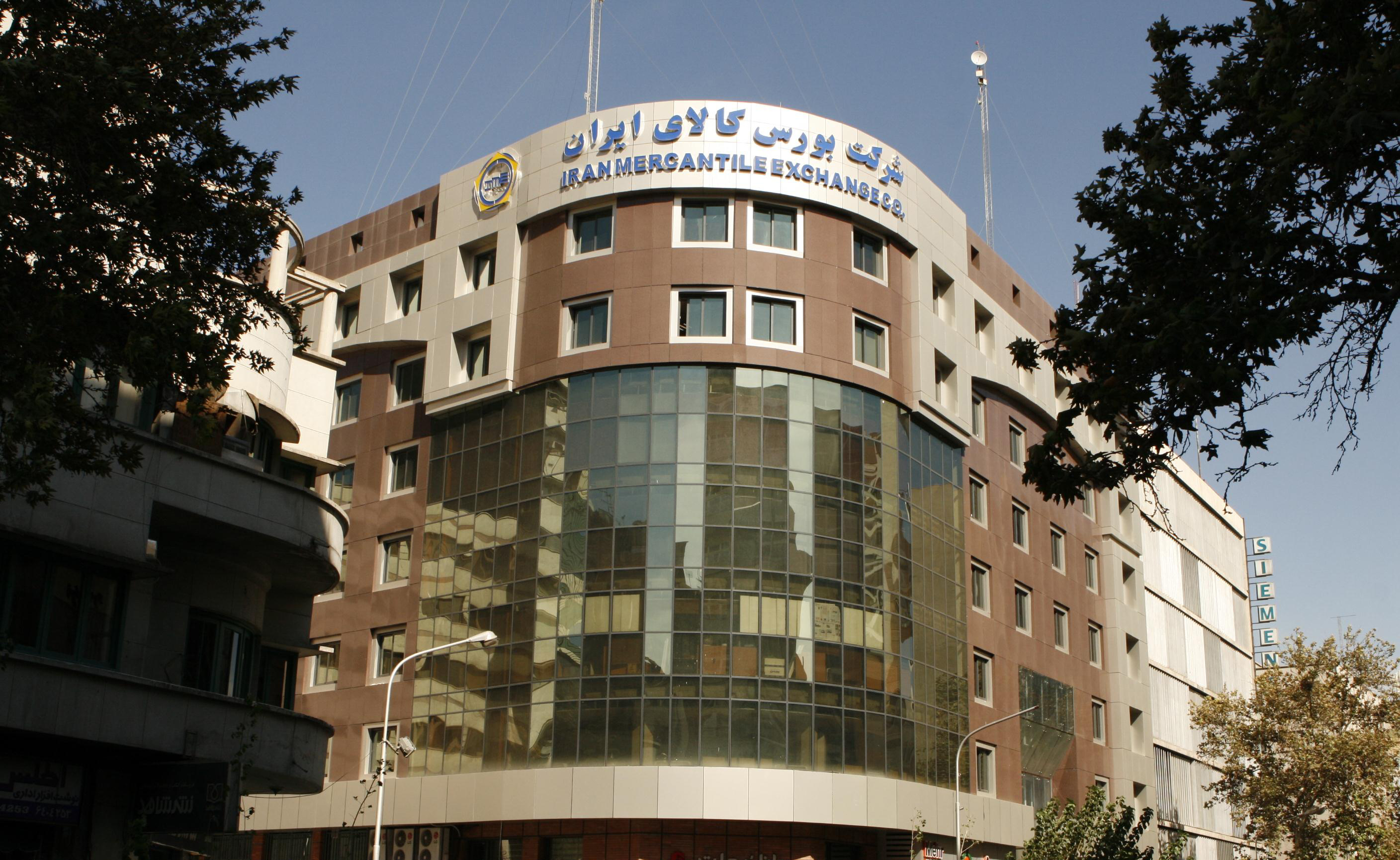Steel trade in Iran is picking up after a long period of subdued demand and activity. In fact, demand has doubled or tripled for certain products, exceeding supply and boosting trade to the 200,000-ton range not seen in weeks, Iran Mercantile Exchange’s trade statistics for last week showed.
What has caused the robust growth in trade is the aligning of improved demand alongside large producers’ renewed focus on the local market after years of embracing exports as the only way of maintaining sales. Iran’s flagship flat and long producers, Mobarakeh and Esfahan steel companies respectively, have repeatedly emphasized that their supply priority lies with the domestic market.
IME is a commodities exchange located in Tehran. Founded in 2006, IME trades in agricultural, industrial and petrochemical products in the spot and futures markets.
Close to 198,000 tons of steel products were offered on IME last week. The figure, however, was dwarfed by the 271,000-ton demand in the market. Nearly all the week’s supplies were traded by the end of Wednesday trade.
Demand was roaring for slab and beam, averaging 2-3 tons higher than each ton of supply. Hot-rolled coil supply did a better job in matching demand.
Slab was the most sought-after and traded material. Supply maxed out at 85,000 tons, as demand was over 103,000 and trade stood at 84,000 tons.
HRC supply was about 61,000 tons. It lagged slightly behind demand, as all offered material was sold. Growth for HRC seems to be on a fast track with Iranian automakers’ production rising in the first quarter of the year (March 21-June 21) and MSC prioritizing local sales.
The most severe case of supply-demand imbalance was witnessed for beam, with producers only offering 41,000 tons while users demanded more than double that figure.
Galvanized, cold-rolled and tinplated flat’s supply stood at 4,300, 3,200 and 400 tons respectively, with demand standing lower than supply only for tinplate at 200 tons.
Demand for bloom severely exceeded the 2,600-ton supply hitting 13,000 tons.
For rebar, however, only 384 tons of the total 494 tons offered was traded.
MSC was the market’s biggest supplier, as it sold more than 98,000 tons of flat products during the week. However, buyers’ demand was not fully met as it stood about 5,000 tons higher.
ESCO was the second biggest supplier and sold 42,000 tons of long products in the face of a 85,000-ton demand.
Hormozgan Steel Company came third, supplying 40,000 tons of slabs, followed by Kish South Kaveh Steel Company with 2,600 tons of bloom and Azarbaijan Steel Company with 110 tons of beams.


